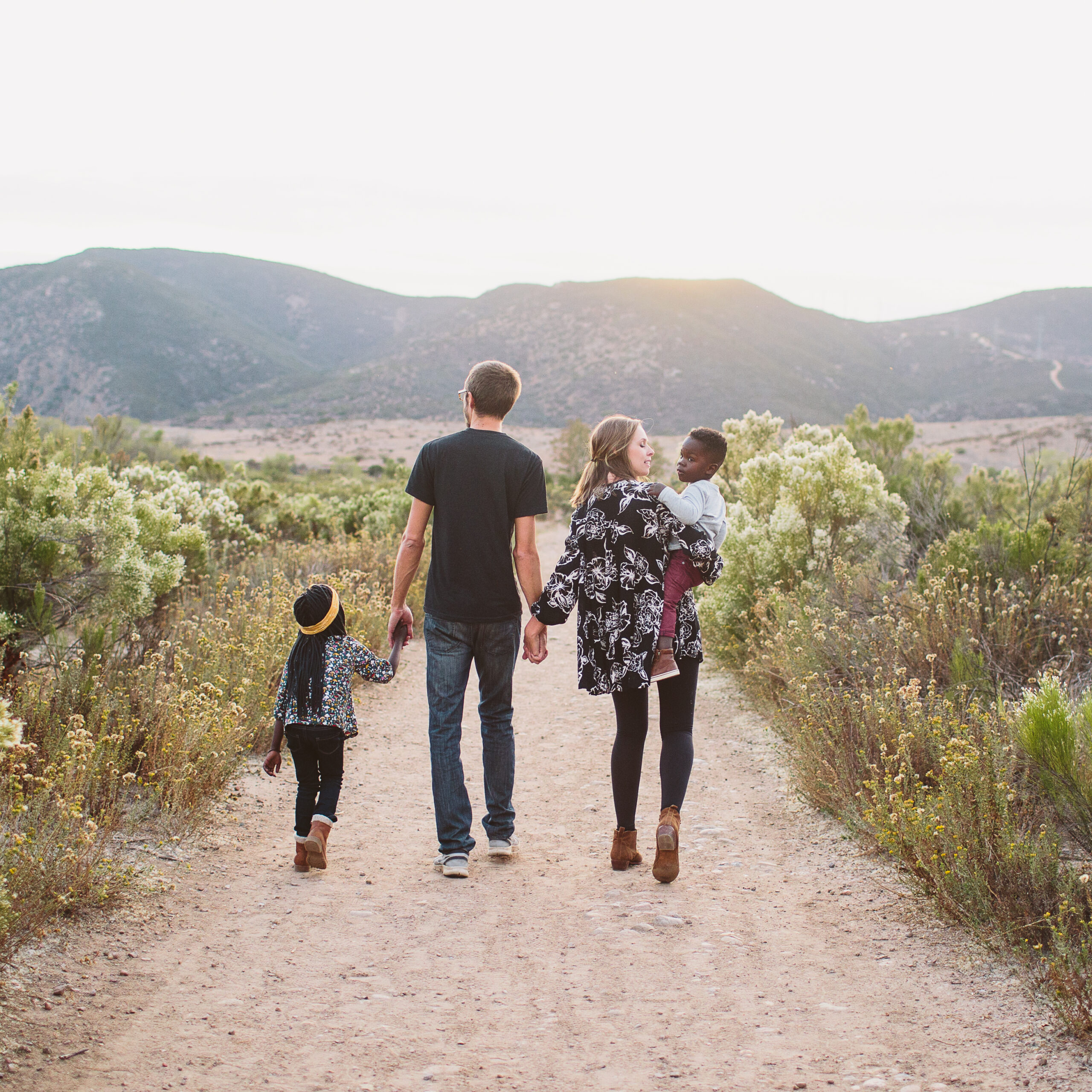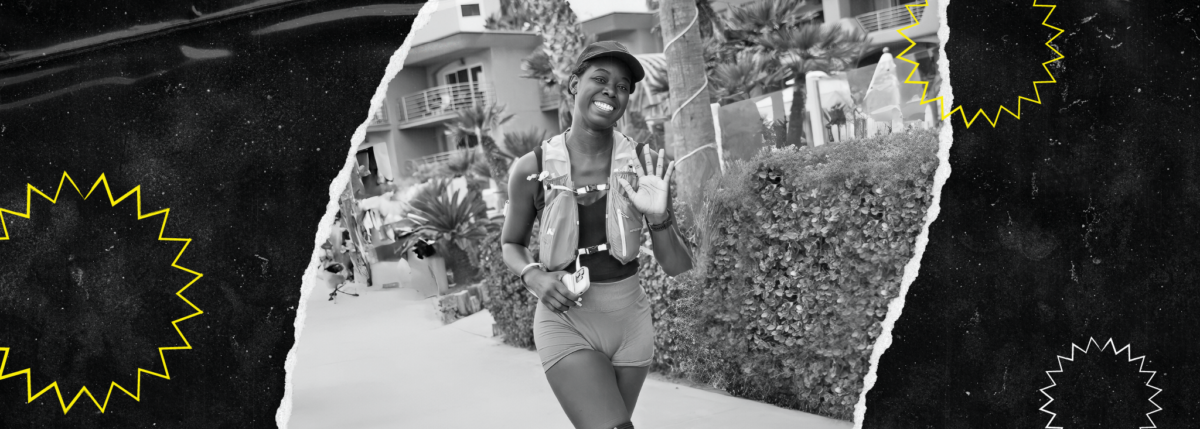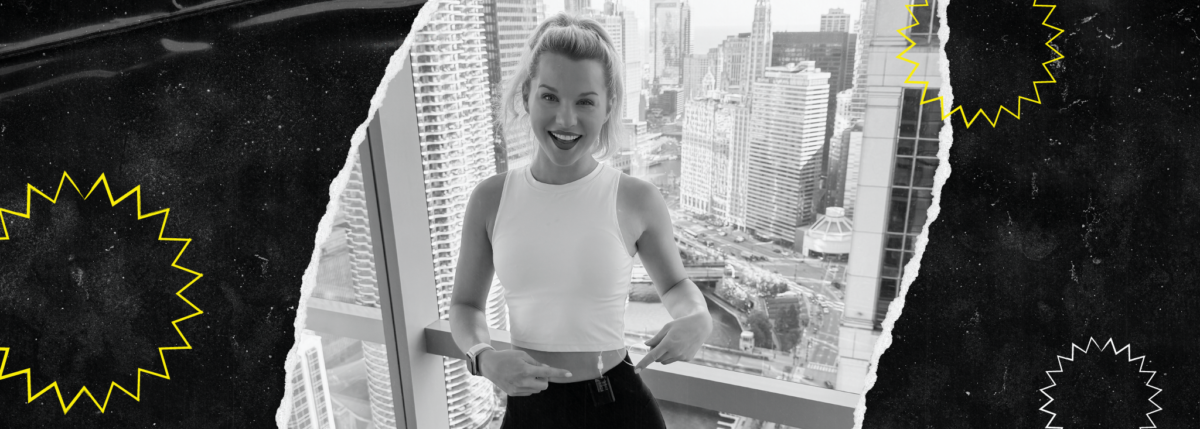I knew she was my daughter
Written by: Keary Cheney
5 minute read
November 11, 2016
My husband, Justin, and I sat around a campfire in the mountains. We were celebrating his birthday doing one of the things we love most, camping. Being in a place where we are free from distraction and time is so intentional, is where we dream our biggest dreams, have our best conversations and the place where our souls find the most rest. It was then that we had a conversation that changed the trajectory of our family. Our hearts were deeply burdened for orphan care and adoption was the way we chose to grow our family. Through a lot of conversation and prayer and preparing of our hearts, we started the application process to adopt from Uganda.
Fast forward about a year and a half and a whole lot of paperwork later, Justin and I were on a plane headed to Uganda where we would meet our son for the very first time on New Year’s Eve, December 31, 2014. There are no words to describe the first time we held his tiny 10 pound, 7-month-old little body. Oliver was extremely sick and doctors were stumped as to what was going on in his body. All we knew was that he needed blood transfusion every two to three weeks to stay alive. As Oliver’s body fought to stay alive, I started to become really sick about a week after getting to Uganda and it only went downhill from there.
Each day I had less and less energy, and initially I attributed it to the lack of healthy foods we normally ate at home, and never getting more than 45 minutes of sleep at a time because Ollie was so sick and in pain all day and night. And the reason my pants were becoming too big was because we weren’t using a dryer to dry our clothes, and all the hand washing of our clothes was stretching them out. I spent most of my time on the couch because I didn’t have energy for much of anything else. I was drinking two gallons of water a day and nothing seemed to quench my thirst. I was incredibly nauseous and I became so weak that I couldn’t even carry my 10 pound baby around as I found myself falling in the middle of the night just trying to walk to his crib. I was told I had parasites, something most anyone who lives in Africa will get at some point.

Two and a half months had gone by and Oliver’s adoption process had not been making the progress forward that it should have. We thought we’d only be there about three or so months and then be on our way home as a family of three. We were at the point where one of us needed to return home and work for a few weeks. It made most sense for me to go as it would give my body the chance to recover from this nasty case of parasites, and time to work for a few weeks while Oliver’s adoption case moved forward.
A month went by back in America and my body kept going downhill. These parasites were ruthless. I was told that when the parasites start dying off is when you feel the absolute worst, so I thought I had to be nearing the end of getting rid of these things because I didn’t know how much worse I could feel. I ended up staying with my parents for a week because I couldn’t get up to get myself yet another glass of water because I was so weak. No matter how much I ate, I kept losing weight. I drank almost two gallons of water a day and still kept losing weight. I was vomiting, had diarrhea and then my breathing became labored. Once it became difficult to breathe, it was time to head to the ER.
My mother walked me to the car as I stumbled the whole way there and it seemed as though everything outside was white. I couldn’t see anything. I don’t remember any of the drive to the ER and the next thing I knew, I was sitting in a wheelchair and a lady at the front desk was asking my name. Everything was still white. I couldn’t tell you what she looked like if my life depended on it. I couldn’t see anything. I felt like I was going to pass out. Actually, I just kept repeating how tired I felt and that I needed to lay down and take a nap.
“Can you tell me your name?” she said and I gave her my maiden name, but wasn’t sure if I had even answered correctly or not.
She asked me “the questions” like “Can you tell me what the date is? Do you know what day of the week it is? Can you tell me what year it is? Do you know what city you are in?” I couldn’t answer any of the questions. I knew the answers to in my head but my mouth couldn’t figure out how to verbalize the answer. It was the weirdest feeling. I remember I just kept telling her that the questions were too hard, all I could see was white and I was really tired. If she would just let me lay down and take a nap, I’d feel so much better and be on my way home soon. And that’s the last thing I remember in the ER and the next thing I know, I woke up in the ICU.
While I was still pretty out of it, my mom told me that I had been diagnosed with type 1 diabetes. I had been in diabetic ketoacidosis (DKA) which lead to a diabetic coma. I said, “But no, really…what happened?” I argued with her for a bit, told her that I eat really healthy and take care of my body and they must be mistaken, because I definitely don’t have diabetes. She confirmed that they were in fact correct … and then I said some choice words that you would never hear come out of my mouth. So it was news to me that type 1 is an autoimmune disease where you have to inherit risk factors from both parents to get it. It has nothing to do with what you eat or how much you exercise … there’s no way out of genetics, folks.
So here I’m thinking when I first woke up that “The parasites must have gone to my brain or something for me to end up in the ICU” when actually my blood sugar was in the 500s and I was totally dehydrated. By the time I got to the hospital I was 100 pounds, twenty pounds lighter than my normal weight.
In the weeks following my diagnosis and learning about this disease I knew nothing about, I had to learn a new lifestyle, a new way of eating, and what it took for me to live another day because my pancreas stopped producing insulin. Under the weight of this, all I longed for was “easy.” For someone who has been extremely healthy her whole life, this new 24-hour-a-day management thing was totally foreign to me. I had to learn to function as a pancreas since mine no longer worked. I grieved my time away from Oliver and longed to be with him again. Justin came home for a month to help me get back on my feet and then he returned to Uganda to be with Ollie. My time away from my family was hard as my heart was on the other side of the world.
One of the most beautiful things I have experienced with my type 1 diagnosis was the new community of friends I gained—people who understood me, who knew the work that goes into every hour to live another day, and the weight we carry with a chronic illness. They understand the carb counting, the injections before eating anything, the math that consumes our brains, the possible complications, the mere fact that a simple cold could land us in the hospital and the fear that no matter how hard we to try to do it “right,” that we’ll still do it wrong because there are what seems like a thousand factors that go into your care plan. To feel understood by someone when you’re walking a journey like this is comforting and good for your soul.
Two and a half months after my diagnosis, I got a message from a friend back in Uganda, who told me about a little girl that was just diagnosed with type 1 and needed a foster family. As soon as I heard those words, before I could even get to the end of her message, I knew in my heart that she was my daughter.


Learn more on Keary’s blog Grace & Salt and read Uganda and the Future of Those with Type 1 by Kristian Partington.

Author
Keary Cheney
Keary is a wife, adoptive mom, photographer, writer, person with type 1 diabetes and follower of Jesus. She loves the mountains, iced coffee and post dinner dance parties with her kids. She and her husband, Justin, started Grace & Salt, a furniture and home-goods company aimed at cultivating a space for community in homes and around tables. They recently got home after spending 15 months in Uganda adopting two beautiful children, their oldest was also diagnosed with type 1 diabetes in 2015, the same year as Keary. Keary desires to be honest and vulnerable about all that comes with adoption, type 1 diabetes (T1D), and everyday life and longs to love bravely daily. Follow them on Instagram: @graceandsalt (the whole adoption story of Zola and Ollie is on here, her diagnosis, etc) and @type1brave (their day-to-day life with diabetes).
Related Resources

Danica Collins not only prepared for one of the most challenging physical events of her...
Read more

Beyond Type 1 is spotlighting inspiring athletes with type 1 diabetes as they prepare for...
Read more

On November 3, 2024, Taylor Rindfleisch of Chicago laced up her running shoes for the...
Read more

